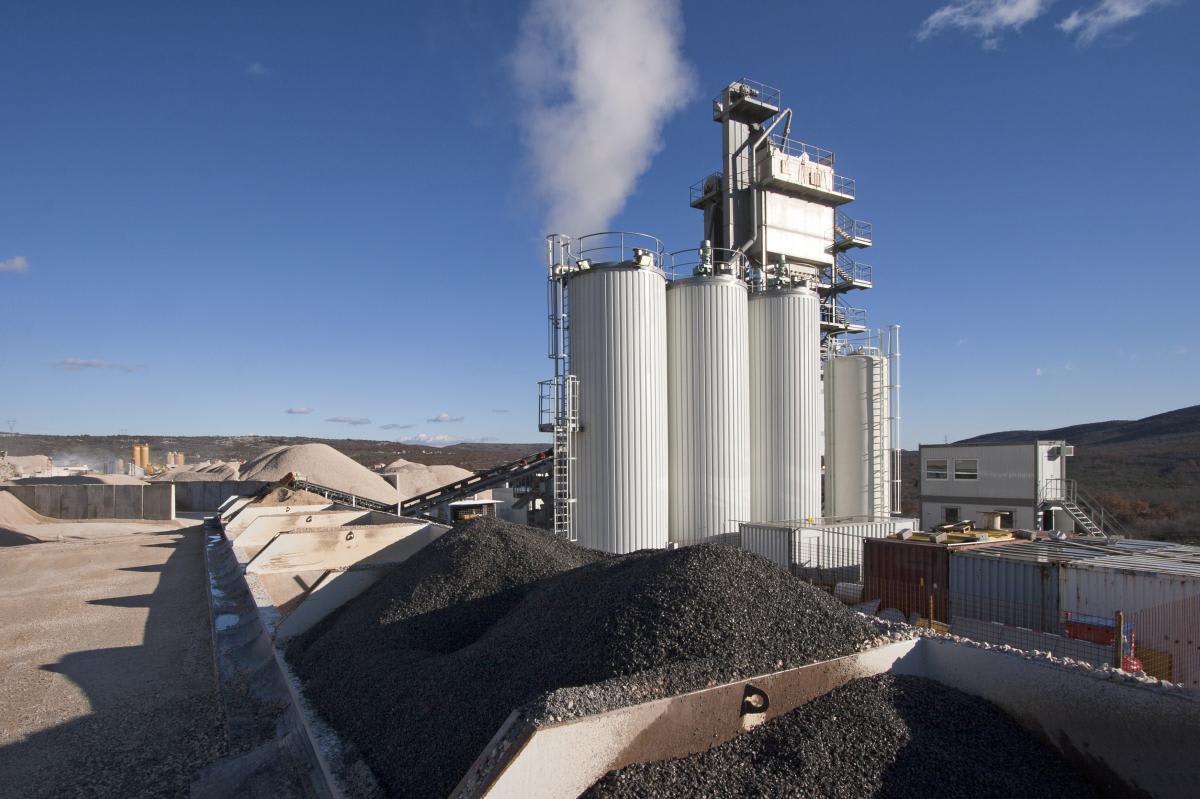March 02, 2023
Calibration Points Behind the Success of Asphalt Plant Control Software
Find out how calibration affects mix design, and how our plant automation systems help so many operators improve their mix.

The plant control software’s aggregate calibration plays a critical role in helping plant operators produce quality asphalt mixes.
Mix design is incredibly important for asphalt plant operators to ensure they are producing a high-quality and consistent mix. But, how can they guarantee a quality batch? One factor that plays a big role is the aggregate calibration from the plant control software. We spoke with Arnaud Ourcival, product manager at ASTEC Digital, about how calibration affects mix design, and how the company’s DrumTronic and BatchTronic automation systems help so many operators improve their mix.
What are calibration points?
Calibration points are verification readings taken at individual flow rates for each aggregate type and each feeder used in the asphalt production process. These points are used to determine the most optimal belt speed for the aggregate at a given flow rate on a given feeder during production. “When we want our aggregate to mix properly, we need to know the relationship between the aggregate flow and the speed of the belt. This is because we can control the speed of the belt on the feeder,” Ourcival says. “If you have a perfect calibration, then your mix after that is always better because you’re sure of what’s flowing out of the feeder.”
If a plant control software only has two calibration points to work with and those points are not aligned, it is hard for operators to know if there is a genuine issue or just a problem with the plants’ sensors. This can potentially lead to a lower-quality mix.
ASTEC Digital’s software instead uses anywhere between three and five points per belt, per feeder and per aggregate, depending on operator preference. “If you calibrate with three or more points and they’re not aligned, then you know that there is an issue with the feeder,” he says. “We have a different way to calibrate feeders, to be as accurate as we can in the feeding process. That is very important,” he says.
Asphalt quality control is essential, because multiple aggregates from different feeders go into one mix, and each requires its own specific calibration. Ourcival likens the process to baking — mess up on your flour, sugar or eggs, and the final product will not be as good. “This is why it’s so important to get a good calibration for each material,” he says. “If there is a variation, ASTEC Digital’s plant control software can warn the operator that there’s something wrong with the feeders or the belt scale.”
ASTEC Digital’s DrumTronic and BatchTronic software supports up to 30 volumetric or weight feeders and can be calibrated with up to 30 materials using either a main aggregate beltscale or a truck. It offers wet or dry calibration curves and an archivable and printable calibration report. These reports have linearity graphs and up to 10 points per feeder per material.
“All data related to calibration is stored in a database, and this allows the operator to generate reports in PDF format. Therefore, it’s easy to reprint if operators want access to the old reports,” Ourcival says. “We use a historical record to keep track of everything that happened in calibration, so it’s easy to compare between calibrations. That helps operators a lot.”
Customization and simplification
ASTEC Digital’s plant control solutions contribute to better mix design in other ways too, Ourcival says. The company works hard to customize its software solutions to the needs of each customer, rather than offering a one-size solution that does not fit with the specific realities of a plant. Each plant is replicated as closely on the screens as how they are laid out on site. This simplifies the operators’ learning curve and helps to keep confusion out of the control room.
"As well," he says, ASTEC Digital has deliberately kept its calibration process simple for operators to use. "The process of calibration is normally something that’s complicated. ASTEC Digital has worked to simplify our calibration process such that it can be used every day,” he says. Users simply select their feeder and follow the system’s prompts. We tried to reduce as much as possible the number of settings they must enter within the software.”